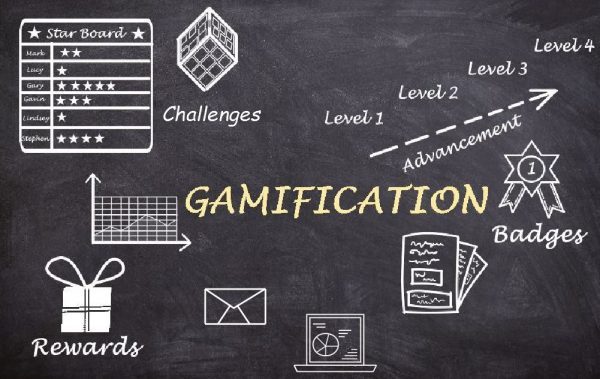For this week’s discussion we were to view four videos on formative and summative assessments and develop a 2-5 minute video or half-page written reflection of what we learned from the videos. We were to make sure to state at least two unique formative assessments and two unique summative assessments we would apply in our classrooms or future classrooms, and answer the following questions:
- How would you go about developing and implementing these assessments?
- What barriers do you think you may face, and how would you go about overcoming those concerns?
Video 1: How Differentiated Instruction and Formative Assessment Work at Forest Lake Elementary
Video 2: Summative Assessment: Overview & Examples – Teachings in Education
Video 3: Formative and Summative Assessments – Edmentum
Video 4: What Are Formative and Summative Assessments – 21st Century Classroom
The two formative assessments I would use in my future math classroom are math journals and whiteboard responses.
Math Journals:
My students would maintain a daily or weekly journal where they write about topics learned, difficulties faced, and questions they might have. I might even provide prompts or topics for students to ponder, ensuring they align with the learning objectives. The last 10 minutes of every class period would be dedicated to the math journaling activity, and the journals would provide me with insight into the students’ understanding and emotional relationship with the content.
Whiteboard Responses:
I would provide my students with individual whiteboards or a digital alternative to solve problems I pose in real time. They would then show their answers, providing me with immediate feedback. I would integrate this activity into regular lessons and use this immediate feedback to address any misconceptions on the spot.
I would use problem-solving projects and the dreaded cumulative unit test for summative assessments in my high school math classroom.
Problem-Solving Project:
I would assign a complex real-world problem that aligns with the curriculum for students to solve using the math concepts they’ve learned. I would provide ample time for completion and provide checkpoints for feedback. The students would submit a detailed report or presentation on their solution process and findings using a provided rubric for evaluation.
Cumulative Unit Test:
I would design tests that encompass all of the content areas studied over a unit, requiring students to demonstrate proficiency in various math skills. To prepare, I would offer review questions and ensure a balanced mix of question types.



